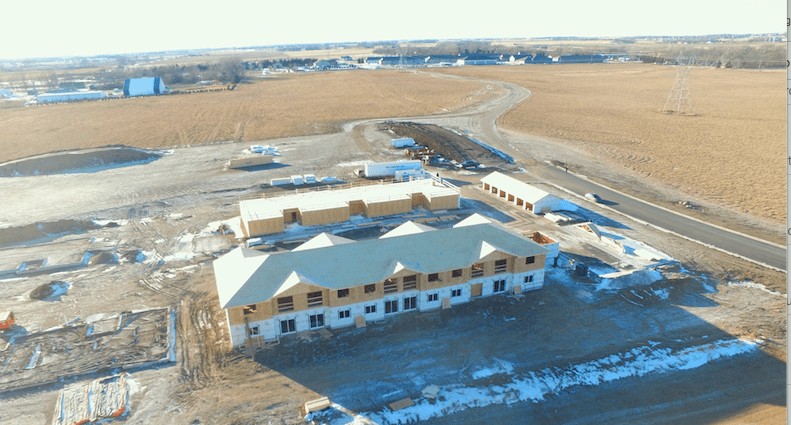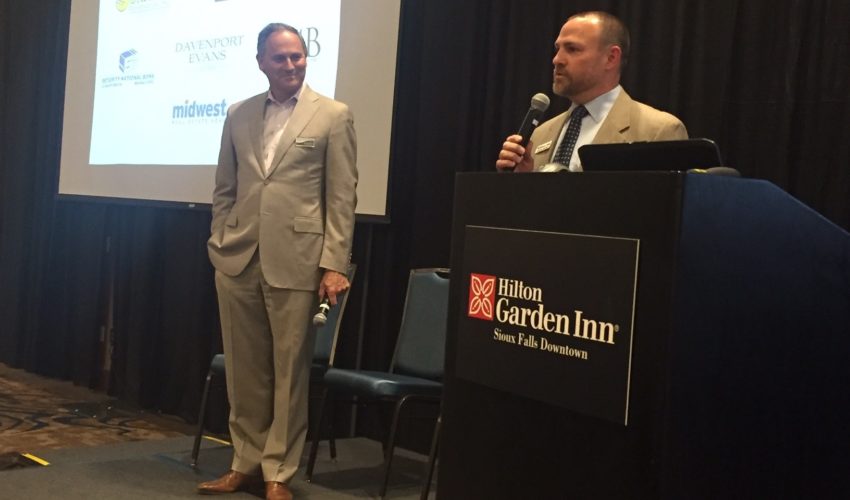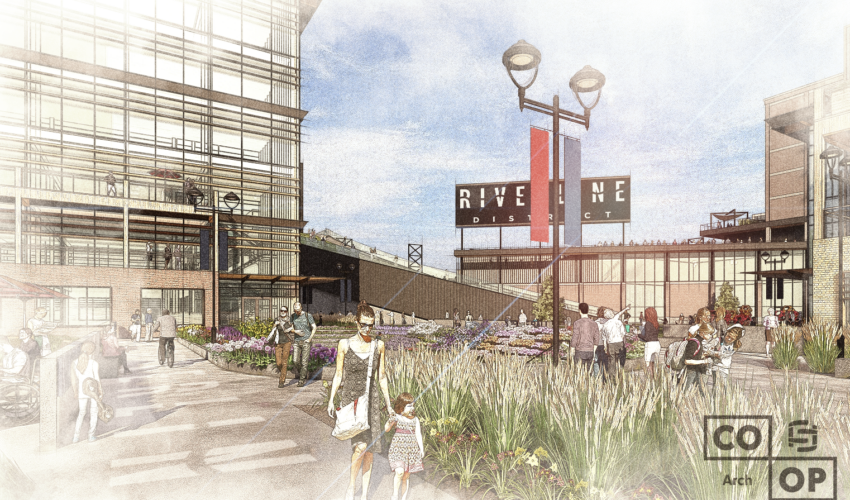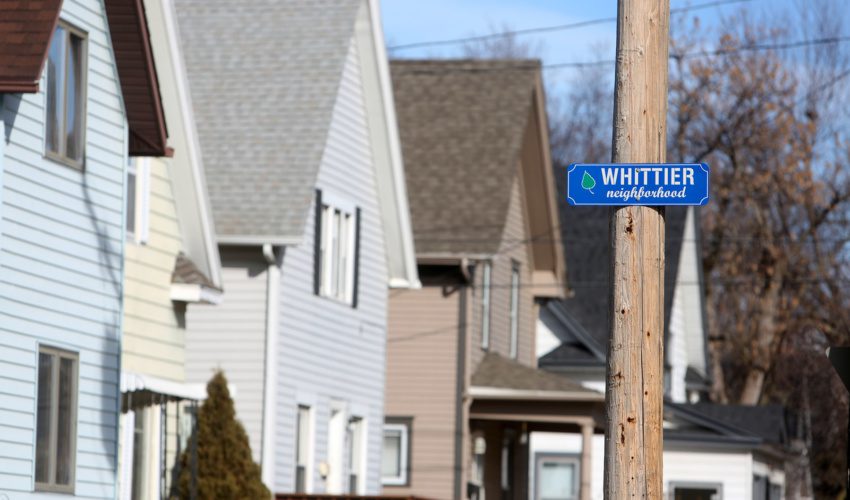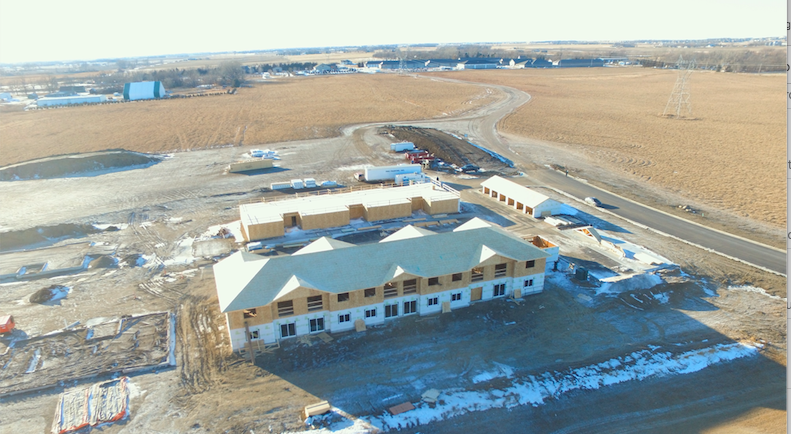Jodi’s Journal: The next big issue no one is talking about
When I heard it, I made the source repeat it: There are eight developers working on projects in Harrisburg.
It didn’t take much work to confirm that, in fact, at least seven — more if you count partnerships — have developments under construction this year.
And we’re not talking a handful of houses here and a strip mall there. We’re talking multiple, 100-acre-plus developments of apartments, neighborhoods, retail centers and industrial growth.
“I look at these plans and think you’ve got at least a decade of development sitting here on paper,” I said to Mike McMahon, Harrisburg planning official. “How fast can this potentially go?”
He’s not sure, but what he said next is something I knew I needed to repeat:
“I really find it hard to judge because in isolation we wouldn’t be growing so quickly,” he replied.
“But Sioux Falls is really driving our growth. And everything I see leads me to believe they will drive our growth faster than they will drive their own.”
Got that?
Sioux Falls will drive the population growth of Harrisburg faster than it will drive its own growth.
There are various ways to look at this, but on a percentage basis there’s no question McMahon is right. Projections show Harrisburg’s population, now 6,000, will double once developments that are being worked on get finished.
“It won’t be that far into the future where you’ll drive from Sioux Falls to Harrisburg and not leave a city,” said Nick Fosheim, whom I work with in his role as head of the Minnehaha County and Lincoln County Economic Development Associations.
“Which will happen first?” I asked him. “That or Sioux Falls to Brandon?”
“It’s going to be a photo finish,” he replied. “How do we plan for that? And who takes the lead? That’s some of the questions we’re working on today. Lots of people have a stake, but who drives that discussion?”
It leads me to the second of three key issues I said I’d be highlighting before our city election.
This is one that gets little dialogue. In part, it’s because I’m not sure many outside of government realize what a driver it’s going to be. It’s also sometimes hard to get our heads around big-picture, long-term issues. It’s definitely hard to get voters too fired up about something they’re not currently experiencing.
But regionalization is our future. And the regional leadership that Fosheim mentioned needs to start in Sioux Falls.
“Regionalization is a big deal,” agreed Mark Cotter, the city’s director of public works, when I asked him about the topic.
“It’s absolutely a leadership issue, and it starts here. We need to strike reasonable agreements.”
From transportation to utilities, Sioux Falls must work cooperatively with surrounding communities. The best example of this is our regional landfill. It serves five counties. Can you imagine the inefficiency and cost if individual communities tried to run their own landfills?
That’s what I don’t want to see happen with wastewater. Sewer is the backbone of growth. All these growing cities will need more capacity, and delivering the service is getting more complex and more expensive. Sioux Falls has a long-term agreement to serve Brandon and Renner. There’s one in process with Tea. There are conversations happening with Harrisburg.
“We’re trying to walk that fine line between working with everybody and still establishing our own unique identity to the housing, business and industrial markets on our own two feet,” McMahon said.
I know he summed up the thinking of many of our neighboring communities. And I don’t blame them at all. But ensuring that we’re maximizing our opportunities to collaborate, on everything from a transportation network to a park and trail system, is critical to achieving the most for all of us.
The elected leader of Sioux Falls should be the person to deliver that message.
At MCEDA-LCEDA, which encompasses 14 communities, Fosheim sees this opportunity constantly.
“The continued success and the future success of Sioux Falls will be based on the health and vitality of the region around it,” he said. “That’s our way of saying the rising tide lifts all boats. We’re all in this together. Our challenges are not isolated to one community or another.”
We need to think bigger, he and I agreed. We need to look at other regional centers and evaluate best practices. We can’t develop inconsistently or in silos, or we’re not going to achieve our greatest potential as a region.
“The outside world doesn’t always care about municipal boundaries,” Fosheim added. “They care more about access and utilities and room to grow than they care about ZIP code.”
The model I hope we can follow is the one that came out of efforts to build an interchange at 85th Street. That has brought together Lincoln County, Sioux Falls, Tea, the state and private developers. Sioux Falls needs to continue leading that effort, which ultimately will benefit all involved.
“There are lots of good things happening (collectively),” Fosheim added. “Utilities, planning, school planning, economic development. We’re moving in the direction of regionalization. We just don’t always call it that.”
We probably need to start.
As a reminder, last week I talked about the increase in drugs and drug-related crime as a major issue for the city.
Next week, I’m going to tackle the topic that might be most critical to our city’s future. Stay tuned.

